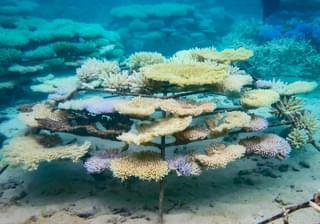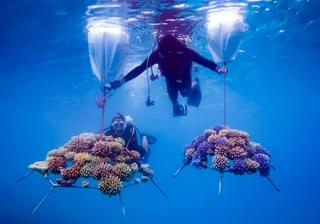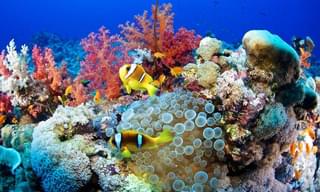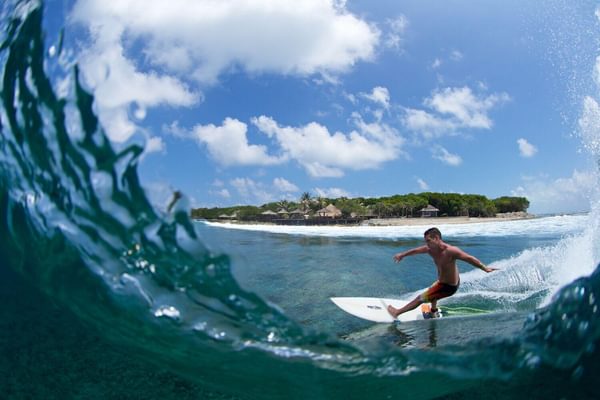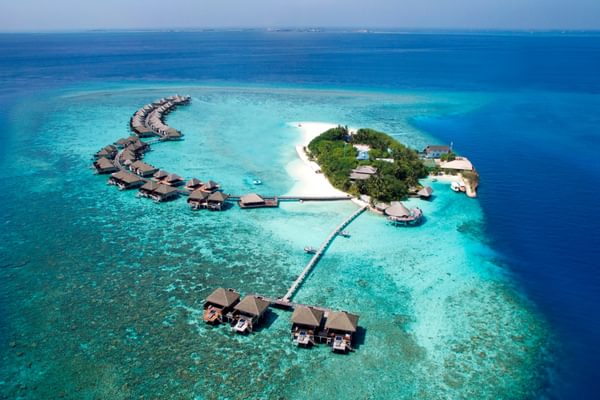Speak to a Maldives expert today
and start planning your tailor-made holiday

Ruth
Maldives Expert

Can't decide where to go? Why not peruse some of our most popular destinations for inspiration then give us a call!

A diverse land brimming with superb safaris, pristine sandy beaches, towering snow-capped peaks and tropical underwater worlds is just waiting to welcome you

Australia offers vibrant cities, diverse landscapes, and iconic wonders like the Great Barrier Reef. New Zealand adds dramatic scenery, Maori culture, and relaxed charm. Together, they promise nature, adventure, culture, and warm hospitality.

If you're dreaming of an island getaway, look no further than the Caribbean with its gorgeous soft sand beaches and lively, diverse cultures.

Head to the amazing destination that is Central America, full of the knowledge of ancient civilizations, incredible mountains, and beautiful beaches.

Discover vibrant cultures, pristine beaches, and tantalizing flavours in the captivating travel haven that is East and Southeast Asia

Embark on a journey through the vibrant tapestry of India, Sri Lanka, and Bhutan—where ancient temples, lush tea plantations, and soaring Himalayan peaks promise unforgettable moments at every turn.

Picture yourself basking on sun-kissed beaches, sipping tropical cocktails beneath swaying palms —where crystal-clear lagoons and luxurious resorts cater to your every desire.

Experience world-class hospitality, mouthwatering cuisines, and the region’s deep-rooted cultural traditions for an unforgettable Middle East adventure.

Venture to the ends of the Earth and behold the icy majesty of polar landscapes. Discover pristine solitude, exhilarating expeditions, and breathtaking views that promise a memorable encounter with nature at its most dramatic

Journey into the heart of South America, where the rhythmic pulse of its vibrant cities meets the majesty of the Amazon rainforest and the timeless wonder of ancient civilizations.

The South Pacific is a paradise of turquoise waters, white-sand beaches, and vibrant island cultures. From adventure and natural beauty to pure relaxation, each island offers its own unique charm and welcome.

From the soaring plains of the Southwestern USA to the stunning landscapes of the expanses of Canada, visit some of the most impressive scenery in the world

If you are looking for a trip to knock iconic locations off your bucket list, check out our buck list recommendations

From the graceful stride of giraffes at sunrise to the echoing roars of lions beneath starlit skies, each of our safaris promises an unforgettable dance with nature.


Our family holidays are a perfect opportunity to create lasting memories, whether exploring new destinations or simply enjoying quality time together. From adventure-filled escapes to relaxing beach retreats, they offer a chance to reconnect and unwind away from daily routines.

Our luxury holidays offer the finest experiences, from exclusive resorts and private villas to tailor-made adventures with impeccable service.

For those seeking adventure beyond the usual tourist trails, our off-the-beaten-track trips take you to some of the world’s most remote and untouched destinations, where authentic cultural encounters and breathtaking landscapes await. Let us craft your unique journeys that few travellers ever experience.

For the ultimate beach escape, we offer luxury holidays to some of the world’s most stunning coastal destinations, from the white-sand shores of Antigua to the turquoise waters of Zanzibar.

For those who crave excitement and exploration, our adventure holidays take you to some of the world’s most thrilling destinations, whether trekking through Patagonia, summiting Mount Kenya, or kayaking past icebergs in Antarctica.

Interested in something a bit more focused? How about a horse-riding holiday through Argentina? Or a photography safari? Look through our Special Interest holiday selection for inspiration

Our wildlife holidays invite you to step into unique ecosystems and experience amazing animal encounters. Whether spotting majestic tigers in the jungles of India or marvelling at polar bears in the Arctic, each trip promises awe-inspiring moments steeped in the magic of nature.

Our small group tours offer the perfect balance of expert-guided exploration and personal experience, taking you to incredible destinations with like-minded travellers. Whether it's a wildlife safari in Botswana, a cultural journey through Vietnam, or a chef-led expedition through India, our carefully curated itineraries ensure an intimate, enriching, and hassle-free experience.

Sustainability travel is at the core of what we do and a guiding principle in every choice we make as a business. Let us help you make sustainable travel choices

Read about what we do to make a difference

One of the most important parts of our commitment to responsible travel is protecting our clients, and it is a part that we take extremely seriously.

Not sure what's best for which time of year? Check out our expert-written guides

Looking for some expertise on your destination? Have a look through our selection of guides and articles written by our destination experts

Looking for more inspiration? Read from our range of hundreds of articles from our travel specialists, local guides, and personal travel tales.

Our mission is to make every holiday special. We will do this whilst specifically aiming to minimise the environmental impact of our activity and maximise our opportunity to influence others to do the same.
How to get involved with coral regereration projects
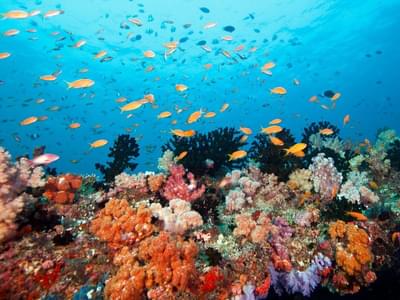
So you are planning a holiday to the Maldives, but you want to know what the quality of the coral will be and how you can help with regeneration. Take a read below to find out more!
Corals are marine invertebrates and unlike plants they don't produce their own food. Corals are in fact animals. They have tiny, tentacle-like arms that they use to capture their food from the water and sweep into their minuscule mouths. The branch or mound that we often call “a coral” is actually made up of thousands of these tiny animals, which are called polyps.
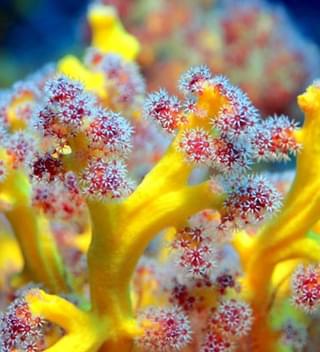
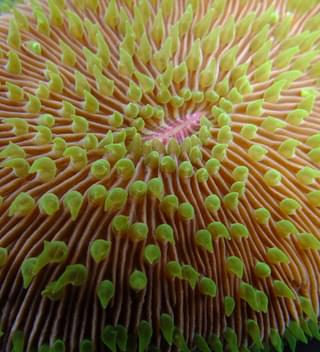
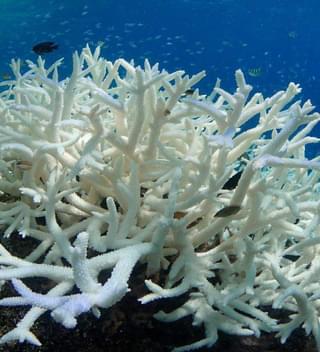
If a coral is colourful, it means it's healthy. If it's white, then it means it's bleached, and may eventually die.
When ocean temperatures are unusually high, thanks to the El Nino effect, coral expels the algae living in its tissues and turns white. This is called bleaching. Since 2014 the Maldives has been struck by severe coral bleaching, affecting between 60 - 90 % of its coral, depending on the area. Unfortunately beached coral doesn't attract fish or other sealife like the healthy coral does.
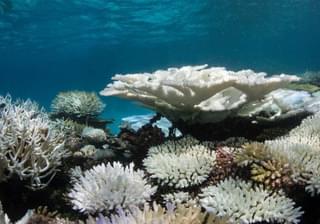
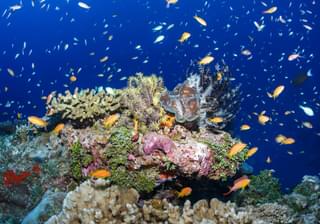
But it's not all doom and gloom. The exciting news is that a coral reef restoration programme called Reefscapers has been established with the aim of making the Maldivian reefs resilient to these temperature changes and increase their rate of regeneration.
Using metal frames, small branches of coral can be attached and spread out to create 'coral nurseries'. Corals compete for nutrients in the immediate environment around them, so by spreading them out they can recover faster. Using this method, researchers in the Maldives have seen a four-fold increase in growth rates, over an array of about 560 frames.
These frames, sponsored by guests can be found at various resorts throughout the Maldives which include Kanuhura and Reethi Beach Resort. A number of other properties across the country also conduct similar projects of coral rejuvenation, including Meedhupparu, Kurumba Maldives, Baros Maldives, The Residence Maldives, Conrad Maldives Rangali Island, Gili Lankanfushi, Bandos and Summer Island.
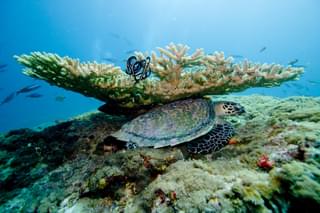
Let's look at a couple of examples:
At Baros the team use the 'coral propagation' method, where fragments of corals are transplanted to hard substrate to create coral nursery areas around the island that aim to reproduce corals and establish homes for various fish and invertebrates.
Guests can participate in a workshop by collecting still living, but broken coral fragments from the seabed and attaching them to the special coral tables around the island's waters. For those not wishing to take part in the workshop but who would still like to donate, a personalised name-tag is attached to record the sponsor's contribution and the guest then receives half-yearly updates on the progress of their coral for two years.
Summer Island expanded its own artificial reefs with the world’s largest, and the first ever 3D printed reef in the Maldives. It was assembled with hundreds of ceramic and concrete modules, and submerged in seven metres of water in the lagoon at Summer Island, with the aim of building a new coral reef ecosystem. When the corals have colonised the reef in a few years, marine life will once again be thriving in these waters, and if the new and innovative 3D printing approach proves successful, it could be a huge advancement in helping coral reefs adapt to the warming climate.
Guests can pay $5 to plant their own coral at Summer Island to help with the reefscaping project.
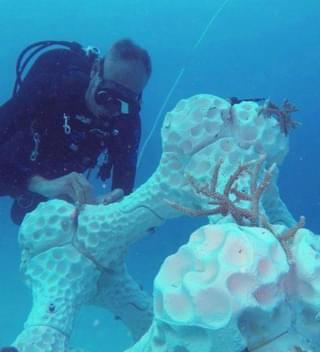

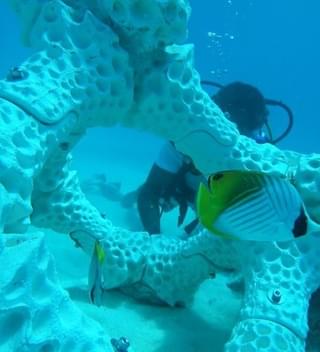
Hopefully the regeneration projects will continue and we will see more coral reefs like these ones below, starting to come back to life.
and start planning your tailor-made holiday

Maldives Expert
Get travel tips directly to your inbox every week
Give us a call on 0203 111 1315 or fill in the form below and we’ll be in touch.
